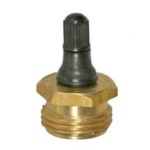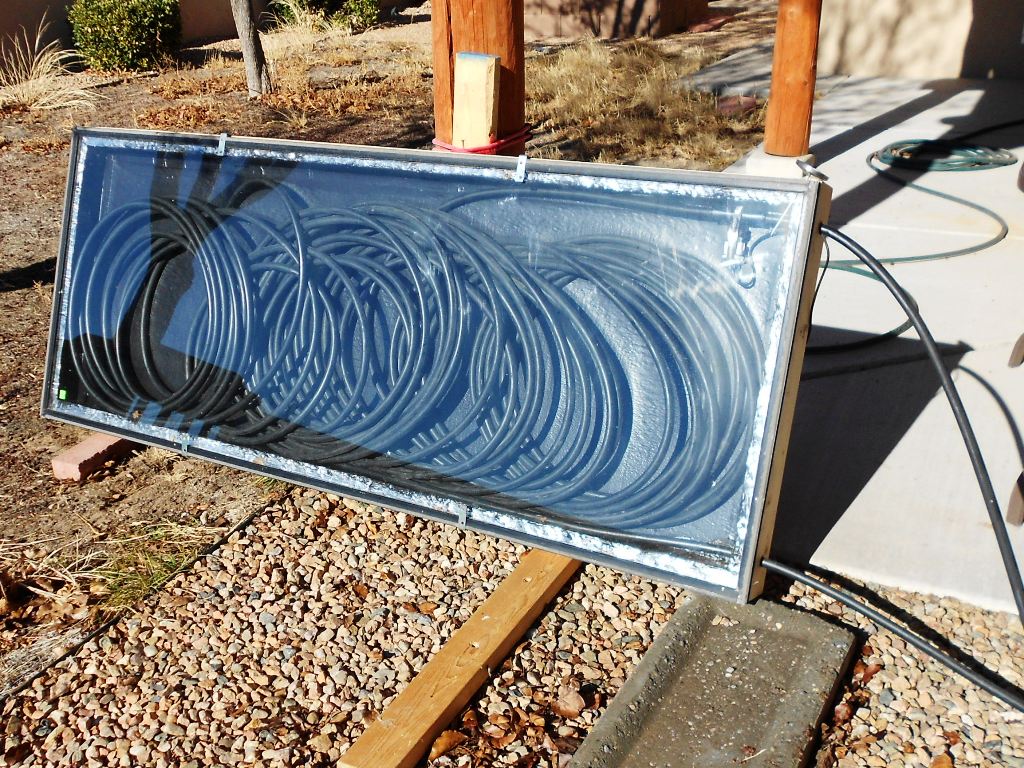As much as I hated to do it, the time had come to winterize the motorhome. The forecast says that below freezing overnight temperatures are coming next week so it must be none. Nonetheless; I continue to be REALLY hopeful that I will get out camping a couple more times this year.
Shaneeda – my 1994 Pace Arrow RV – (yes, I stole the name) continues to be an educational experience as well as a good way to kill time. I had never winterized a motorhome before but was ready to learn.
As one would expect, the goal is to eliminate the possibility of water freezing and causing damage. It seems that some people replace the water in their lines with anti-freeze (a type for this purpose – not like that used in your car radiator/cooling system). Another group eliminates the water from the system. I liked this approach as it does not put anything in the lines that must be cleaned out when the motorhome is put back into use.
 Two new pieces of hardware were needed. The first is adapter that allows blowing compressed air into the fresh water system, called a blow out plug. It fits into the pressure water inlet port and has a typical auto/bicycle tire type of air fitting (shrader valve). The second was an adapter from the drain lines to a garden hose (1/4 MIP to garden hose).
Two new pieces of hardware were needed. The first is adapter that allows blowing compressed air into the fresh water system, called a blow out plug. It fits into the pressure water inlet port and has a typical auto/bicycle tire type of air fitting (shrader valve). The second was an adapter from the drain lines to a garden hose (1/4 MIP to garden hose).
I imagined that getting all the of water out would be a challenge. I connected the second adapter to the drain fitting on the motorhome and a garden hose to it. The garden hose was then laid out in the yard. This was simply to avoid draining 50 gallons of water directly under the motorhome. The cold water drain valve was turned and the fresh water tank was empty in a short while.
The hot water system was next. I connected the same adapter and garden hose to the hot water drain fitting and opened the valve. Nothing. On my water heater, on the outside of the motorhome (at the access panel), there is a pressure valve. After I released that, the vacuum was eliminated and the water drained as expected. I then removed the water tank drain valve (at the outside access panel) and got the last little bit out.
While living in Minnesota, I had to follow a similar process with my lawn sprinkler system each fall. I found that one has to blow a lot of air thru the lines to get the water out. Of course, the problem with sprinklers is that you have to blow the water up and out of the ground (essentially) which can be a problem.
Ok, with all the water out that gravity could help with, it was time for air pressure. Past experience has taught me to be careful with air pressure. Too much will result in blown lines or fittings, maybe worse. With my luck – those would only occur in places that are impossible to access. So, I turned the pressure way down on my air compressor – twenty PSI to be exact.
I ran air thru the system for a fairly long time – ten minutes perhaps?? The process simply involves running around opening and closing various valves and letting the air evacuate as much water from the lines as possible. The obvious locations are the sinks and shower. The less obvious are the toilet, filtered water line, and hot water heater tank.
Following this, I turned the pressure of the air up to about 30 psi and repeated. I also disconnected the water pump fittings and blew air thru the pump and the fittings.
Finally, I poured some RV fresh water system anti-freeze into each of the water drains (sinks and shower) to ensure that the water still remaining in the P-traps does not freeze.
Is it winterized?? Will something freeze and be damaged??
Time will tell!



Leave a Reply